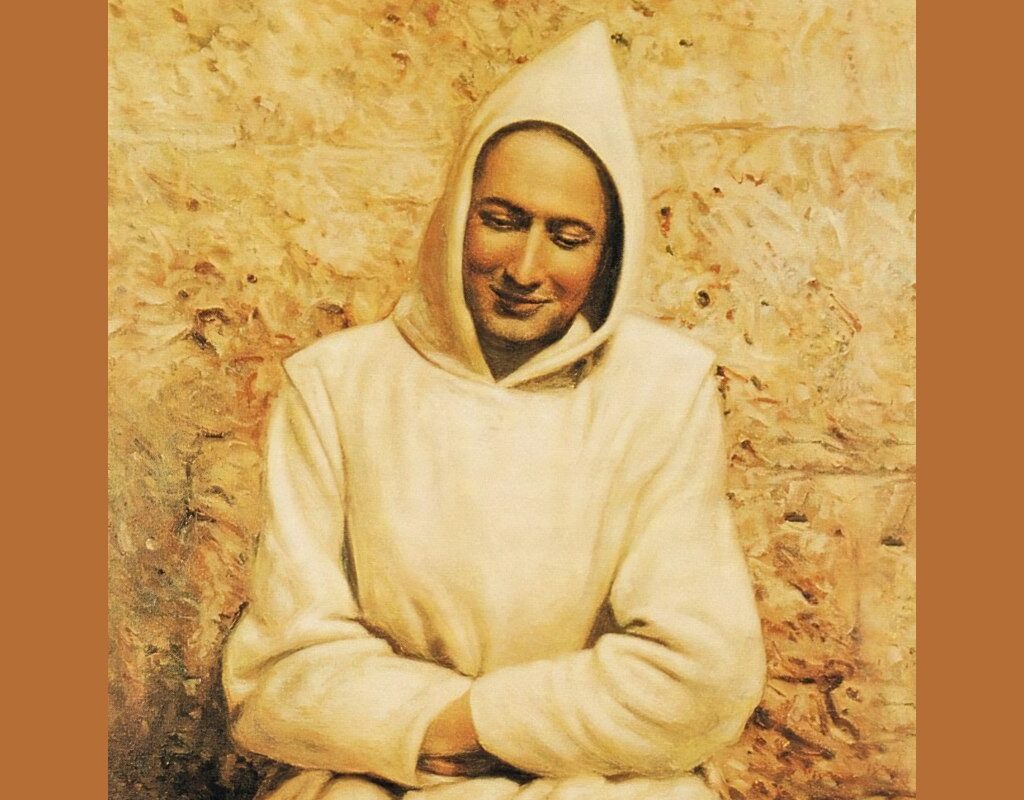In the picturesque town of Burgos in 1911, a young man, once destined for architecture, would shift his life’s trajectory to embrace faith. Brother Rafael, as he came to be known by many, would not only become a Trappist monk but also a beacon of inspiration for those seeking light in simplicity and sacrifice.
From Madrid’s Classrooms to the Monastery of Dueñas
Brother Rafael’s Transformation
Throughout his youth, Rafael was steeped in religious teachings, attending school under the tutelage of Jesuit fathers in his hometown. Yet, at Madrid’s Superior School of Architecture, life had a revelation in store for him.
In 1932, amidst a spiritual retreat, the young man discerned a divine calling, urging him to trade blueprints and structural designs for a Trappist monk’s contemplative, mystical life.
By the age of 23, Rafael found acceptance at the Monastery of San Isidro de Dueñas. To an onlooker, it might seem he chose a life of repetition and monotony. But in his heart, every day was a fresh opportunity to commune with the divine.
This vibrant young man would spend hours penning letters to family and friends. Through his words, he charted his inner journey, conveying how each monastery hour, seemingly indistinguishable, bore a wholly distinct experience for the soul.
In the monastery’s simplicity, Rafael unearthed a spiritual gem. Daily tasks, like mealtime, took on a sacred sheen. As he once admitted in a letter:
“Lentils will forever be lentils throughout my monastic life, yet I savor them deeply, seasoning them with two things: hunger and love for God, thus no food can defy my palate.”
This account reveals that beyond routine, Rafael discovered joy and reverence in life’s simplest details.
How Brother Rafael Discovered Sanctity Amidst Earthly Trials
From the Monastery to Eternity: The Stirring Tale of Brother Rafael
Yet, Brother Rafael’s life wasn’t without its shadowed moments. At the zenith of his spiritual realization, his health began to falter. Fever plagued him relentlessly, leading the monastery heads to make the tough choice to send him back to his parents.
Parting from the monastery wasn’t easy for Rafael; it had been both his sanctuary and home. Despite several attempts to return, illness kept him at bay. In 1937, when he finally made his way back, it marked the last time he’d see his family.
His earthly sojourn ended on April 26, 1938, from a diabetic coma. But even in his final days, Rafael sought solace in the enigma of suffering and sacrifice, viewing it as a gateway to eternity. He often reflected on centering his life around the “Crucified God” and “Jesus on the cross.”
Brother Rafael’s legacy stands as a poignant reminder that holiness and devotion can be discovered in the most unexpected places and simplest of circumstances.
His tale is a testament to faith and an uplifting narrative for those seeking joy, purpose, and a divine connection amidst life’s tribulations.





